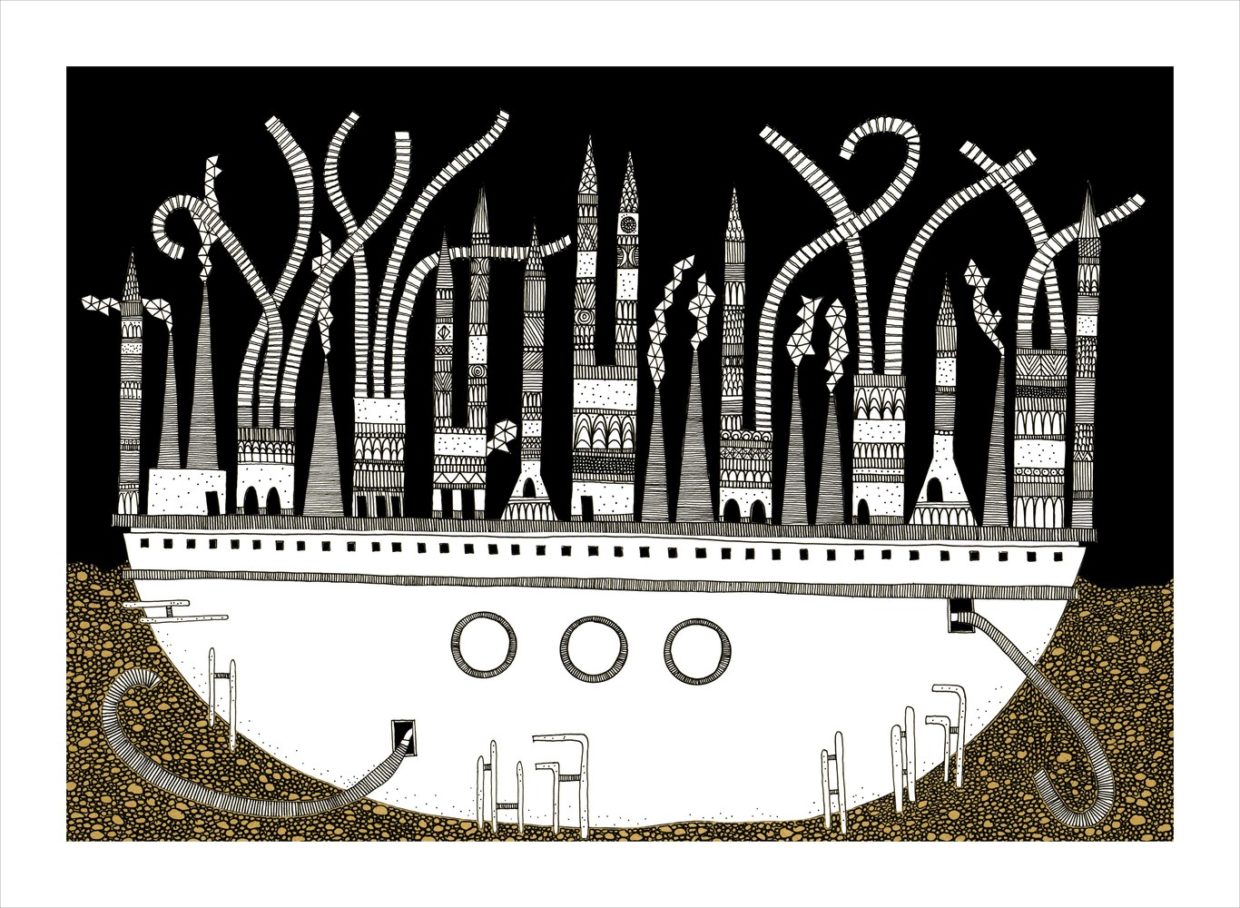
(“Now I shall tell of the city of Zenobia, which is wonderful in this fashion: although set on dry terrain it stands on high pilings, and the houses are of bamboo and zinc, with many platforms and balconies placed on stilts at various heights, crossing one another, linked by ladders and hanging side-walks surmounted by cone-roofed belvederes, barrels storing water, weather vanes, jutting pulleys, and fish poles, and cranes.” It’s like Calvino is writing about about Ewok settlements on the planet Endor decades before that was a real-fictional thing…) The city of Despina can only be reached by ship or by camel. Calvino’s Marco Polo describes each fictional city - like Ersilia, Olinda, and Laudomia - with lyrical curiosity, almost as if each city was a riddle for his audience to work out. In Calvino’s imagining of Marco Polo’s travels, Polo describes 55 cities to Kublai Khan.
ITALO CALVINO INVISIBLE CITIES ANALYSIS FULL
“And all who read the book or hear it may do so with full confidence because it contains nothing but the truth.”
ITALO CALVINO INVISIBLE CITIES ANALYSIS FREE
“We will set down things seen as seen, things heard as heard, so that our book may be an accurate record, free from any sort of fabrication,” Marco Polo and his co-author Rustichello of Pisa, a romance writer of some repute, claim in the Travels’ prologue. “Kublai Khan does not necessarily believe everything Marco Polo says when he describes the cities visited on his expeditions,” Calvino opens with in Invisible Cities, “but the emperor of the Tartars does continue listening to the young Venetian with greater attention and curiosity than he shows any other messenger or explorer of his.” This is an implicit challenge to the canonical place of Marco Polo’s Travels in the history of traditional travel literature. Kublai has tasked Marco Polo with exploring Kublai’s vast empire (historians estimate that Kublai’s empire could have covered roughly one-fifth of the inhabited land on earth at its height) and report back to him about the cities, peoples, and things that Marco Polo sees. Invisible Cities is written as an imagined set of conversations between the famous traveler, Marco Polo, and the emperor of the 13th century Mongolian empire, Kublai Khan. Calvino’s novella suggests that the believability, authenticity, of a narrator is a construct of travel writing expectations - whether or not a narrator actually went to the places described ought not to impact how much the reader believed Calvino. For another, it asked its readers to consider the possibility that a traveler might not have to actually go to a city to write about it.

For one thing, Invisible Cities was fiction and didn’t pretend to be anything else. When Italo Calvino published Invisible Cities in 1972 (the English translation was published in 1974), the short novel challenged that very narrative authority so associated with the idea of reading about travel. The audience has to believe what they’re reading is actually true.īut what if a fictionalized travel account could be even more true than a traditional travelogue? What if the imagined could be more authentic than something strictly factual? It’s up to the narrator to negotiate the traveled experience with readers’ familiarity and expectations and the authenticity of a writer’s experience depends on how believable audiences find the telling of the narrative. It’s only the details that differ.Īt the heart of travel writing, then, is the assumption of narrative authenticity - the belief that the narrator is guiding her readers, Virgil-like, through unfamiliar parts of the world and telling readers, as truthfully as possible, what the traveled experience is like. Travel readers have come to expect a similar pattern, then: the narrator comes, they do something, they leave. Most travelogues follow a simple structural schema of encounter, encountered, and mediated experience. Travel writing seems so simple - an audience is introduced to a specific part of the world through a specific impetus for a journey.


Denis,” Twain quipped, “I feel certain we have seen enough of them to duplicate him if necessary.”) And, of course, Marco Polo’s journey across the Silk Road and throughout southeast Asia, as told in his 13th-century Travels, is a historic archetype of the genre. In 1869, Mark Twain toured the medieval reliquaries of Europe and wrote his famous travelogue, The Innocents Abroad. In 440 AD, the Greek author Herodotus journeyed all over the Mediterranean Levant describing everything from Egypt’s pyramids and landscapes to unscrupulous souvenir vendors. Billed Into Silence: Money and the Miseducation of Womenįor 1,500 years, readers have been captivated by stories of travel.


 0 kommentar(er)
0 kommentar(er)
